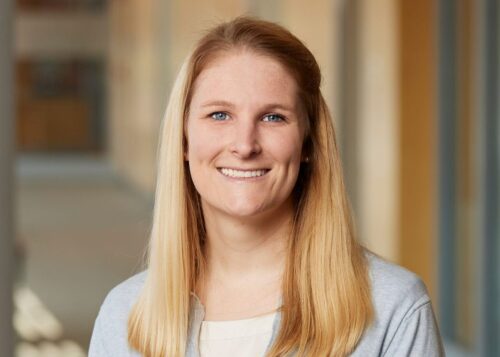Strategies Based on COVID-19 Patient Characteristics Could Improve Outcomes, Reduce Hospital Strain, Research Suggests
July 9, 2020
By Dave Wedge

Hospital data confirming the higher burden of disease on patients who face social adversities also uncover possible care strategies.
Communities of color and the homeless were disproportionately impacted by COVID-19 during the height of the outbreak’s surge at Boston Medical Center, a new joint study by the hospital’s population health research team and the Centers for Disease Control and Prevention has found.
The study, which reviewed 2,729 laboratory-confirmed COVID-19 adult patients treated at Boston Medical Canter (BMC) from March 1 to May 18, found that patients’ clinical severity differed by age, race/ethnicity, underlying medical conditions, and homelessness. The findings are in line with national studies that have revealed deep inequities in the impact of COVID-19 on communities of color as well as those who face social adversities such as homelessness.
The study found that 44% of the hospital’s COVID-19 patients were Black, 30% Hispanic, and 16% were experiencing homelessness. A higher proportion of Hispanic patients (46.5%) were hospitalized compared with Black (39.5%) or white (34.4%) patients. And most patients who died were older than 60, according to the data.
Knowing COVID-19 patient characteristics such as these “can inform development of tailored strategies that may improve patient outcomes and alleviate strain on the healthcare system,” the study authors wrote.
BMC itself used its data and clinical observations, including about patients’ living situations, family structures, economic means, and ability to self-isolate, to coordinate programs that met their patients’ needs as the surge hit. Among the tailored interventions was the transformation of a nearby vacant building into a COVID-19 respite center for homeless patients, who represented a higher proportion of non-ICU inpatients. The hospital also facilitated home delivery of groceries and prepared meals from the hospital’s food pantry, provided smart phones for patients to ensure follow-up telehealth care, and ramped up its outpatient medication home delivery program.
While the study sample includes only patients from Boston Medical Center, an academic medical center and urban safety-net hospital treating higher rates of underserved populations, the data may be helpful to researchers and clinicians in dense urban areas and growing hotspots as they seek to mitigate the virus’ strain on their healthcare system while improving patient outcomes among the country’s more than 2.9 million cases.
More work is needed to assess the effectiveness of the exact interventions BMC used, the authors note. However, initial signs may point to their value in combination with other measures. BMC, which had become almost entirely a COVID hospital in April, has now returned to pre-COVID census, and coronavirus cases remain low in Boston even as they increase across the country.


